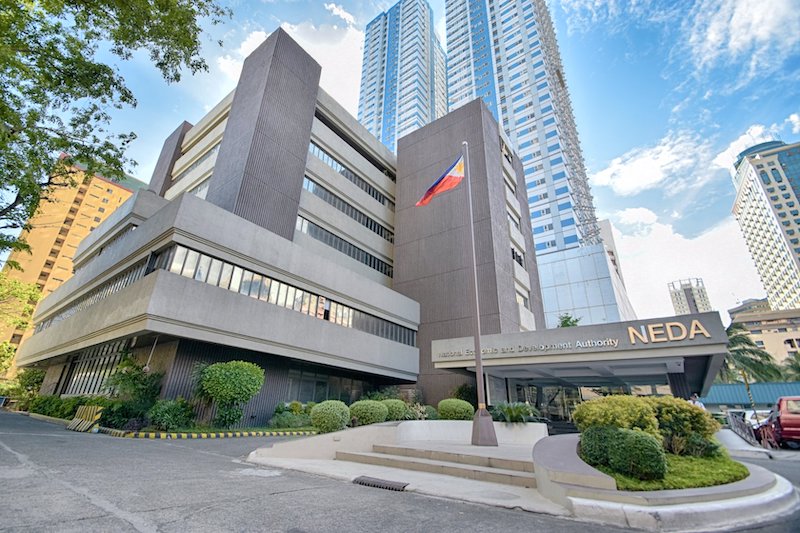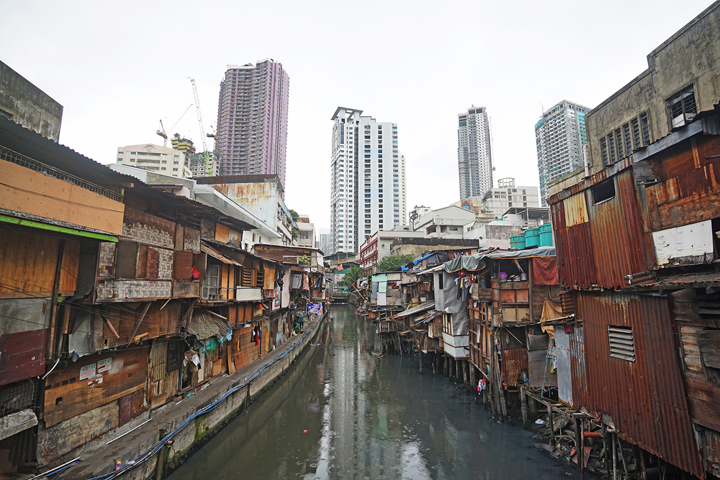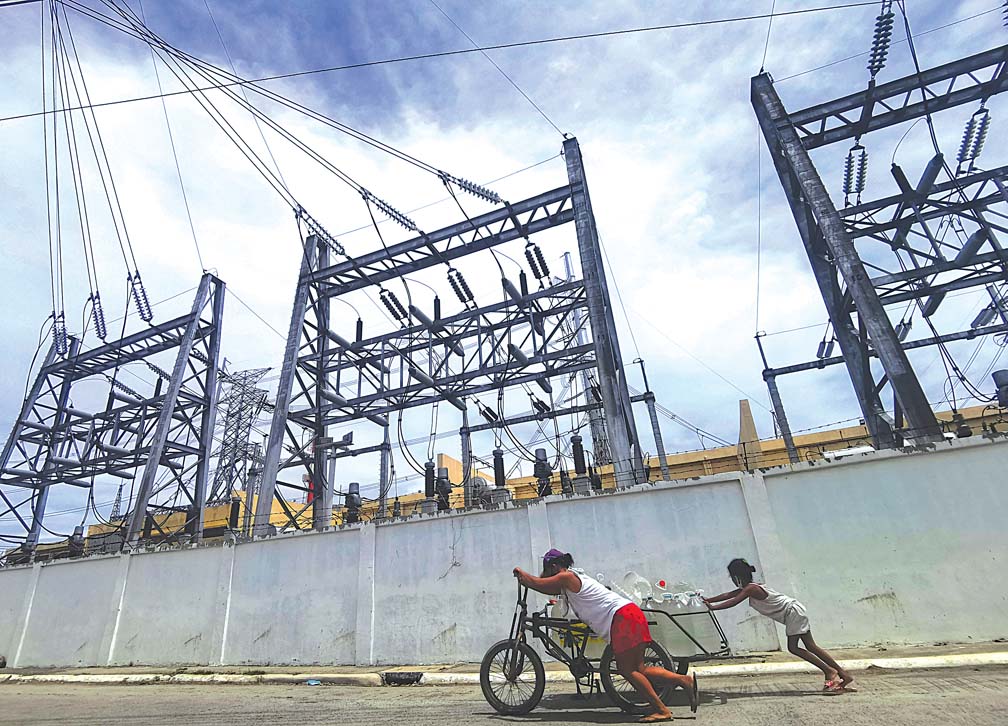The Department of Transportation (DOTr) is strengthening the bike lane network in the Philippines with a target of expanding it to as long as 2,400 kilometers by 2028.
According to Transportation Active Transport Program Management Office (PMO) Policy Lead Patrick Santos, the active transport development program of the government will include initiatives, such as the upgrade and expansion of existing bike lane and pedestrian walkway networks, as well as the provision of “better” Public Utility Vehicle (PUV) stops and End-of-Trip (EoT) cycling facilities.
“For the past three years, we have established a total of 564 kilometers of bike lanes in Metro Manila, Metro Cebu, and Metro Davao, and we aim to increase our established bike lanes to 2,400 kilometers by the year 2028,” he said.

For 2023, the agency plans to expand the active transport infrastructure in nine regions, the Intramuros Active Transport Infrastructure Expansion, Quezon City Active Transport Infrastructure Improvement, and the Active Transport Project Dry Run along Edsa.
“Those who have less in wheels must have more in the road. We will always stand by this principle as we continue to rally for active transport until we are confident that our children will be safe on the road through whatever means, including cycling and walking,” he said.
The government started putting a premium on active transport facilities during the height of the pandemic when mobility was limited.
Several groups, including Move as One Coalition, have pitched in their support for the development of more bike lanes and pedestrian walkways in the country, noting the health benefits and their effect in reducing traffic congestion.
Image credits: Roy Domingo, Michael Edwards | Dreamstime.com






















